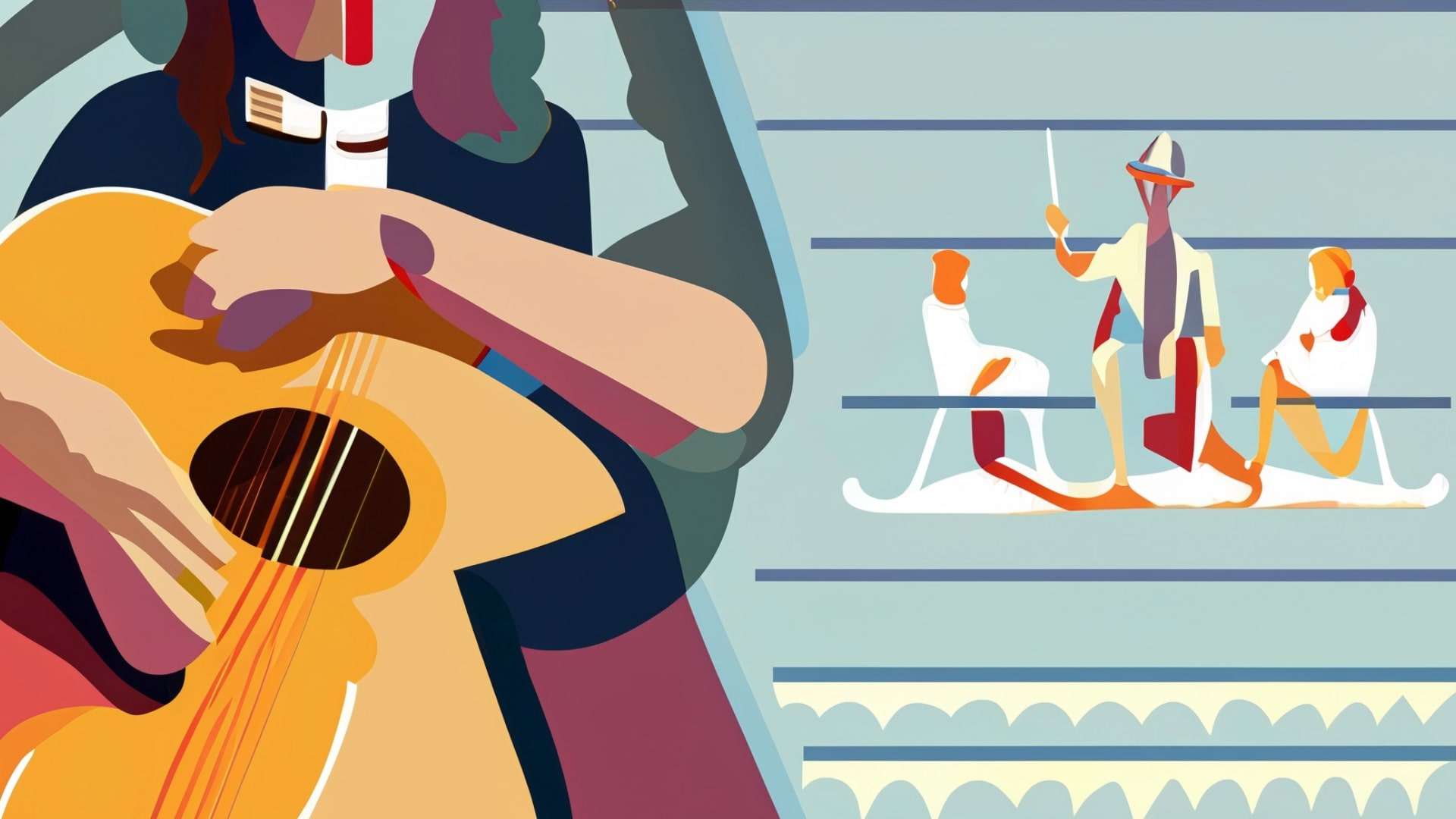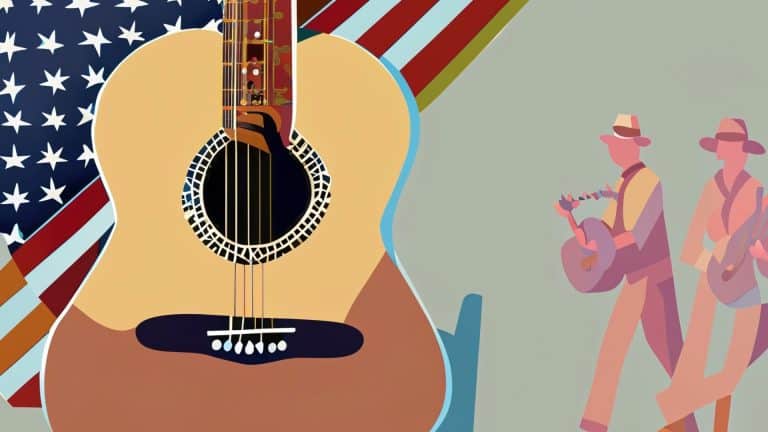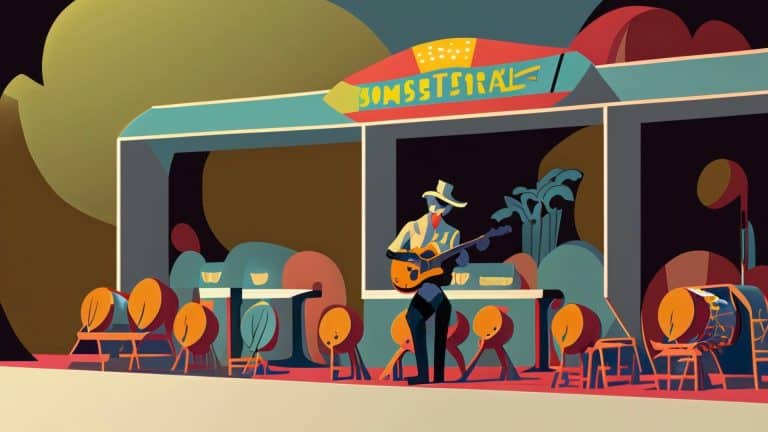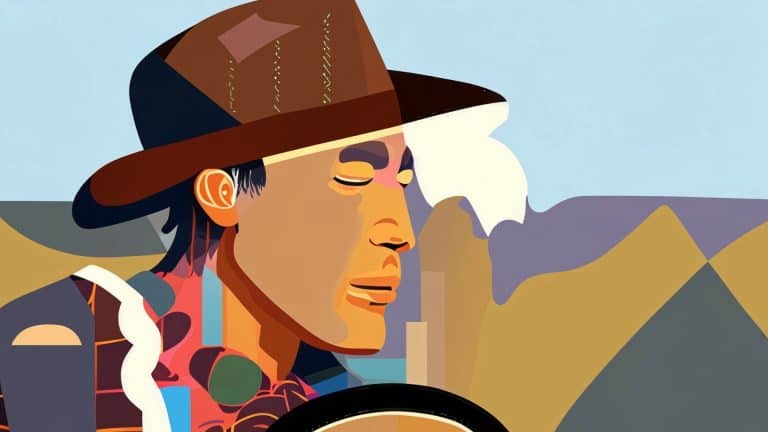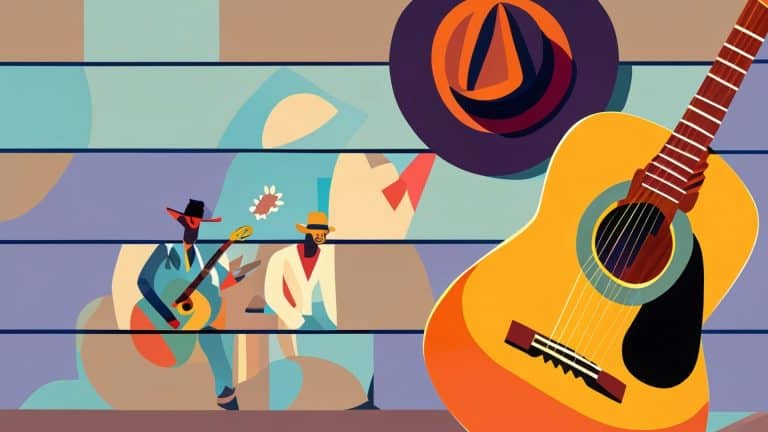The Evolution of the Fiddle in Country Music
Howdy folks! Grab your partner and get ready for a boot scootin’ journey through the history of one of country music’s most iconic instruments – the fiddle. This sweet set of strings has been making country fans cry, laugh, and kick up their heels for generations. So join us as we follow the fiddle’s trail from Europe to America and beyond. We’ll meet some fiddlin’ legends, break down classic country hits, and explore how the fiddle continues to be a pillar of country music today. It’s time to unveil the soulful story behind the sounds that shaped a genre!
Introduction
Let’s cut to the chase – country music just wouldn’t be the same without the fiddle. That unmistakable twang has been pulling at heartstrings since the earliest days of the genre. It adds palpable emotion, energy, and spontaneity that just makes you want to get up and dance. Throughout country’s history, from the first settlers to today’s biggest stars, the fiddle has been there, singing its siren song. In this post, we’ll dive into how exactly this instrument became such an integral part of the country soundscape. From the transatlantic voyage that first brought fiddles to America, to pioneers that made them famous, to modern musicians carrying on tradition today, it’s the story of how the fiddle embedded itself into the soul of country music.
From Europe to America: The Fiddle’s Transatlantic Voyage
Now folks, the fiddle wasn’t born in the USA. Its origins stretch back hundreds of years to medieval Europe. But it quickly found a new home stateside thanks to British, Irish, and Scottish settlers. They hauled their fiddles onto ships sailing the rough Atlantic seas to bring a little piece of home to the frontier.
When fiddles first landed in America in the 1600s-1700s, they gave settlers music and comfort in harsh new surroundings. The earliest colonists were playing tunes like “Soldier’s Joy” and “Turkey in the Straw” on their fiddles as far back as the late 1600s.
Over time, the fiddle took on its own American twang thanks to evolving regional styles. Compare the smooth bow strokes of New England-style fiddling to the more rhythmic pulse of Appalachian and Ozarks fiddling. Even the fiddle itself changed, with the development of American instruments like the Stradolin in the 1920s. This fusing of European tradition and American innovation created a sound and style as unique as America herself.
Pioneers of the Strings: Legendary Fiddlers
The fiddle wouldn’t hold such a cherished place in country music history without the trailblazers who made it famous. Let’s turn back the clock to the 1800s-1900s to spotlight some fiddlin’ greats who left their mark.
First up is Alexander “Eck” Robertson, who cut the first-ever country fiddle record “Sallie Gooden” back in 1922. Then there’s the “Texas Swing King” Bob Wills, who pioneered Western swing in the 1930s-40s with hits like “San Antonio Rose.” His lightning-fast fiddling helped get folks up and dancing across Texas and beyond.
We can’t forget Johnny Gimble, featured on countless records from the 50s-70s by legends like Chet Atkins, Willie Nelson, and Merle Haggard. His mesmerizing fiddle solos on tracks like “Faded Love” showcase why many consider him one of the greatest fiddlers of all time.
And let’s shine the spotlight on Byron Berline, known for his work with The Byrds, The Rolling Stones, and Vince Gill. His 1967 fiddle intro on The Byrd’s “You Ain’t Goin’ Nowhere” is pure musical magic.
These are just a few iconic fiddlers among many whose combination of skill, soul, and showmanship helped cement the instrument’s place in the genre. Their legacy lives on in every modern country fiddler.
The Fiddle’s Role in Shaping Classic Country Hits
The fiddle didn’t just make cameos on classic country records—it played a leading role. Let’s look back at some quintessential songs featuring fiddle front and center:
“Orange Blossom Special” – Written in 1938 and recorded by Bill Monroe, this fiddle-powered frenetic train song still gets crowds cheering.
“The Devil Went Down to Georgia” – Charlie Daniels’ 1979 smash hit features a fiddle battle with the devil that showcases the instrument’s virtuosity.
“Could I Have This Dance” – Anne Murray’s touching ballad, featuring a gorgeous fiddle solo, hit #1 on the charts in 1980.
“Sweet Child o’ Mine” – Sheryl Crow’s 2004 cover featuring a lively fiddle intro brings added energy to this rock classic.
Of course those only scratch the surface when it comes to iconic fiddle tunes. But they give you a taste of how the instrument became woven into the fabric of classic country over the decades. Wherever emotion, soul, and show-stopping solos were needed, the fiddle answered the call.
Electric Twang: The Fiddle in Modern Country
Just like other aspects of country music, the fiddle has evolved right alongside modern times. While staying true to its roots, the instrument has adapted to changing tastes and technology.
Electrifying the fiddle expanded its sound to cut through loud live bands. Effects like reverb and overdubbing opened up new possibilities in the studio. Take the psychedelic phase fiddle on Willie Nelson’s “Rainbow Connection” for instance.
Today you’ll often spot fiddlers with electronic tuning systems and other tech tricks up their sleeves. And progressive fiddling techniques combined with crossover collaborations have introduced the instrument to new audiences.
Look at country sensation Old Dominion’s recent single “No Hard Feelings.” It blends pop melodies with a fiddle riff that won’t quit. Or Darius Rucker’s version of “Wagon Wheel” featuring a vintage fiddle solo. Stars like Florida Georgia Line, Zac Brown Band, and Maren Morris also spotlight the fiddle’s contemporary appeal.
While pushing boundaries, modern fiddlers haven’t abandoned tradition. They blend new and old in ways that honor the instrument’s history while keeping it relevant. The fiddle still delivers that raw, human quality listeners crave even in today’s high-tech world. Its voice just continues to evolve.
The Fiddle’s Revival: Keeping Tradition Alive
As mainstream country has trended pop, there’s been a revival of the fiddle’s old-school roots too. New bands have emerged dedicated to keeping traditional country fiddling alive through performance and preservation.
Groups like Old Crow Medicine Show, The Devil Makes Three, and The Cherokee Maidens shine the spotlight back on vintage fiddle tunes. They recapture the authentic fiddle melodies and rhythms at the heart of the genre. Touring fiddle showcases like The Grand Master Championship and SuperFiddle keep the instrument center stage.
Non-profits and events like The National Oldtime Fiddlers’ Contest work to pass fiddle music along to new generations. And musicians like fiddler-vocalist Laurie Lewis host fiddle camps across the country. Even mainstream stars like Brad Paisley often feature old-fashioned fiddle breakdowns in their sets as a nod to the past.
Thanks to these efforts, the fiddle revival is going strong. Classic techniques, tunes, and traditions steeped in history are being reignited on modern stages everywhere. The beat goes on.
Conclusion: A Timeless Emblem of Country Soul
Like cowboy boots and hats, the fiddle is one of country music’s enduring icons. Throughout the genre’s evolution, this instrument has been right there—adding heart, personality, and the human touch. Its crying slides, feverish hoedowns, and bittersweet ballad melodies feel like the soundtrack of life itself. That’s why the fiddle will always have a home in country music. Its strings carry the history, soul, and spirit of the genre into any era. So next time you hear the fiddle moan, laugh, or protest, listen closely. It’s the story of country itself singing through.
Join the Conversation
Thanks for twirling around the dancefloor with us through the fiddle’s backstory! Now it’s your turn to chime in down below in the comments. What are some of your favorite country fiddle jams? Which fiddlers past or present really light your fire? Let’s keep the fiddle conversation going!

